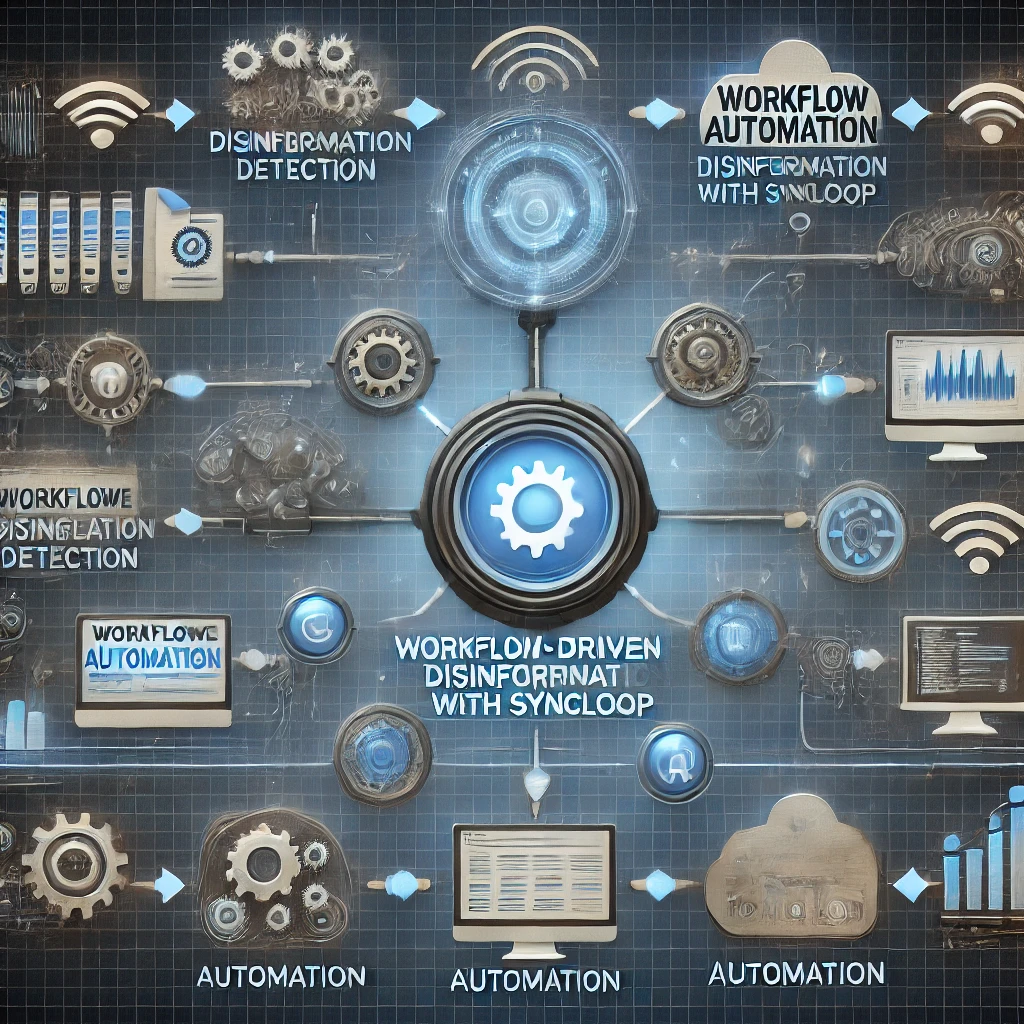Syncloop vs. Traditional API Platforms: Which One Wins?

Syncloop: The Next-Gen API Development Platform
Syncloop has emerged as a revolutionary player in the API development space. Designed for modern businesses, it simplifies API creation, management, and monitoring while incorporating cutting-edge features like visual workflow builders, automation tools, and advanced data handling. Here are the main attributes that set it apart:
- Visual Workflow Builders Syncloop's intuitive interface enables users to create APIs without writing extensive code. This approach drastically reduces development time and makes it accessible to non-developers, thereby fostering collaboration across teams.
- Automation and Intelligent Tools Through features like transformers, automated input/output handling, and error management, Syncloop minimizes manual intervention and reduces errors during development.
- Seamless Integration and Scalability The platform allows easy integration with cloud services and third-party tools, making it ideal for businesses of all sizes. Its scalability ensures that organizations can grow without overhauling their API infrastructure.
- Built-In Debugging and Troubleshooting Syncloop offers powerful debugging tools, allowing developers to identify and resolve issues in real time, thereby improving productivity and reducing downtime.
Traditional API Platforms: Reliable but Limited?
Traditional API platforms like REST frameworks, Postman, or Swagger are still widely used due to their reliability and established ecosystem. However, they also come with challenges:
- Extensive Coding Requirements Developers must manually write and test API logic, which can be time-intensive. For businesses relying on legacy systems, this often creates bottlenecks.
- Manual Workflow Management Unlike Syncloop, traditional platforms lack advanced workflow builders. This absence can hinder businesses that prioritize agility and quick turnarounds.
- Limited Adaptability While traditional platforms work well for fixed or simple use cases, they struggle with adapting to dynamic business needs like integrating new tools or scaling operations.
- Debugging Complexity Debugging in traditional platforms often requires deep technical expertise, which may not always be feasible for smaller teams or non-technical stakeholders.
Comparing Syncloop and Traditional API Platforms
- Ease of Use
- Syncloop: Easy to use with drag-and-drop capabilities. Accessible to both technical and non-technical users.
- Traditional Platforms: Steep learning curve, requiring expertise in API protocols and programming.
- Development Speed
- Syncloop: Accelerates API development with visual tools and pre-built modules.
- Traditional Platforms: Time-consuming as APIs need to be manually coded.
- Cost-Effectiveness
- Syncloop: Saves costs by reducing dependency on specialized developers and optimizing resource use.
- Traditional Platforms: High development and maintenance costs due to longer timelines and the need for specialized skills.
- Flexibility and Scalability
- Syncloop: Designed to integrate seamlessly with modern tools and scale easily.
- Traditional Platforms: Limited flexibility; scaling often requires significant modifications.
- Debugging and Monitoring
- Syncloop: Provides real-time debugging tools, making issue resolution straightforward.
- Traditional Platforms: Debugging can be complex and time-consuming.
- Collaboration
- Syncloop: Encourages collaboration through its user-friendly design.
- Traditional Platforms: Often restrict collaboration to technical teams due to its complexity.
Which Platform Wins?
While traditional API platforms have their place in the tech ecosystem, Syncloop offers a forward-thinking solution tailored to modern needs. Its ease of use, scalability, and advanced features make it a compelling choice for businesses looking to innovate and streamline their API development processes.
Ultimately, the right choice depends on your organization’s goals. For businesses looking to transition to agile workflows and minimize development barriers, Syncloop is a clear winner. However, those with established teams and systems might still find traditional platforms suitable.
Generate an image showcasing a split-screen comparison of Syncloop's visual workflow builder against a traditional API coding environment. Include vibrant, professional design elements.
Back to Blogs